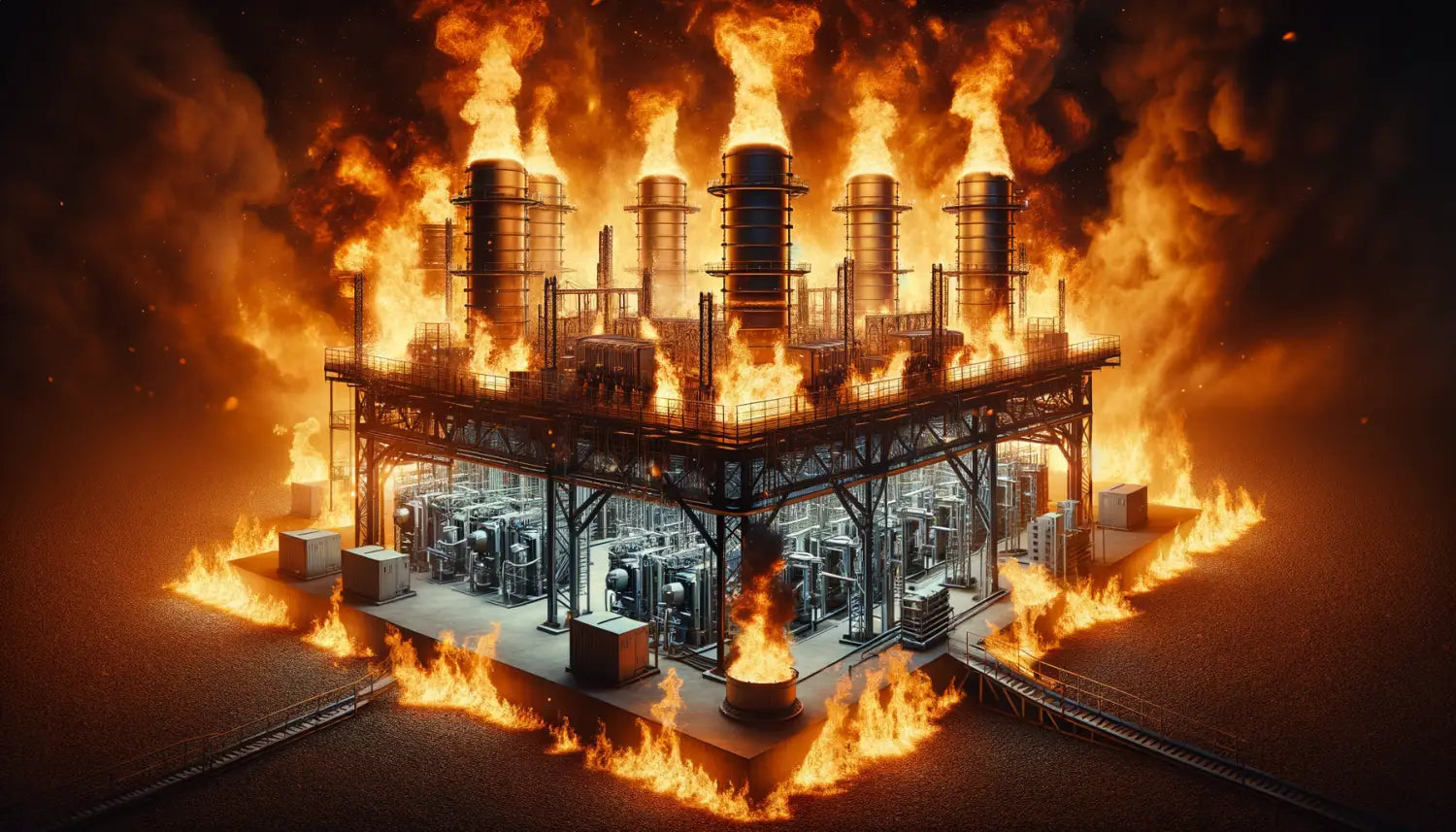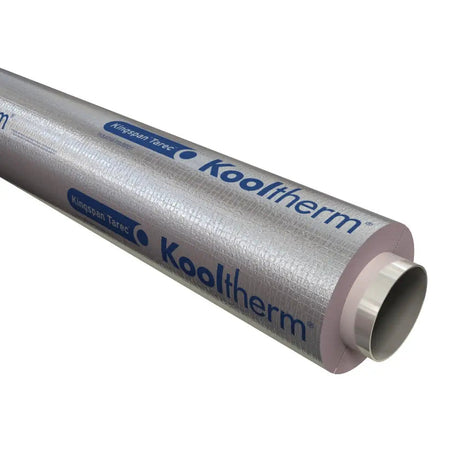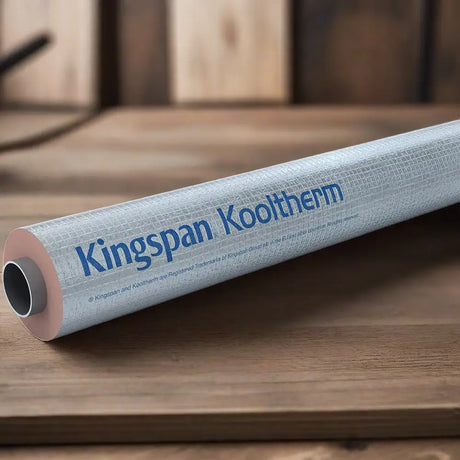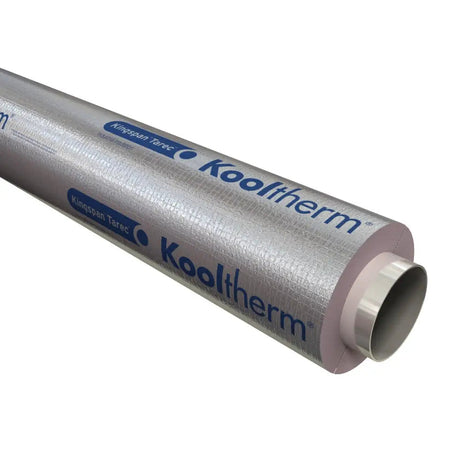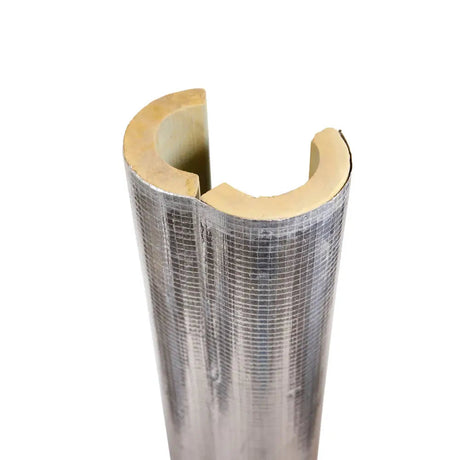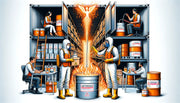Fire-Resistant Coverings in the Energy Sector
Introduction
The energy sector, a vital engine of the global economy, operates amidst a minefield of potential hazards, with fire topping the list. Such a high-stakes environment demands stringent safety measures, where fire-resistant coverings become the unsung heroes. But why are these protective layers so crucial?
Consider the complex web of pipelines, electrical equipment, and immense structures that comprise energy facilities – each an ignition point if left unprotected. In this sector, a minor spark can escalate rapidly, leading to catastrophic consequences both human and environmental. Hence, integrating top-notch fire-resistant coverings isn't just a precaution; it's a necessity.
Types of Fire-Resistant Coverings
Overview of Fire-Resistant Coverings
Delving into the realm of fire-resistant coverings, one finds a diverse arsenal designed to shield the energy sector's assets. These range from intumescent paints to fire-resistant cladding, each serving a unique purpose under extreme conditions.
Materials and Technologies
What makes these coverings resilient? It's the unique blend of materials and cutting-edge technologies. Manufacturers often employ fire-retardant chemicals that swell up when exposed to extreme heat, forming a protective barrier. The choice of material, be it fibreglass, ceramics, or elastomeric foams, is pivotal in ensuring the covering holds up under duress.
Choosing the Right Covering
Every application calls for a tailored approach. Selecting the correct fire-resistant covering involves assessing factors like temperature exposure, chemical compatibility, and physical wear and tear. It's like choosing armour for a knight – the right fit is crucial for survival in battle.
Regulatory Standards and Compliance
Navigating through Regulations
The energy sector isn't the Wild West; it's governed by a complex framework of regulatory standards. These guidelines ensure that fire-resistant coverings perform reliably when the heat is on (quite literally).
The Cost of Non-compliance
Skirting these standards isn't just reckless; it can burn a hole in the company's reputation and finances. Fines, legal woes, and the potential loss of lives are just the tip of the iceberg. Non-compliance isn't worth the risk.
Fire-Resistant Coverings for Electrical Equipment
Shielding the Sparks
In the energy sector, electrical equipment is the backbone, but also a fire hazard. Fire-resistant coverings for these components are not just beneficial; they're indispensable. Without them, the risk of electrical fires could surge, and the consequences could be dire.
Various Protective Solutions
From adhesive glue tapes to mastic sealants, a variety of solutions exist to protect electrical equipment. Each type of covering serves as a fire-guard, ensuring that electrical mishaps don't spiral into infernos.
Case Studies of Success
Real-life scenarios offer compelling evidence of these coverings' effectiveness. Picture an offshore rig where fire-resistant materials, applied to electrical panels, thwarted a potentially explosive situation. These are the stories that underscore the value of proper protection.
Fire-Resistant Insulation for Pipelines and Tanks
The Lifelines of Energy
Pipelines and tanks are like the arteries and veins of the energy sector, transporting lifeblood fuels. Their protection is paramount, and fire-resistant insulation is the shield that keeps the fire at bay.
Insulation Materials
The choice of insulation material is a critical decision. It's about finding the perfect balance between thermal resistance and structural integrity. Materials like mineral wool or calcium silicate are popular choices, offering robust protection without compromising performance.
Advantages of Fire-Resistant Insulation
Fire-resistant insulation does more than protect; it optimises. By maintaining temperature stability, it ensures energy efficiency. It's a win-win scenario: safer facilities and a healthier bottom line.
Fire-Resistant Coatings for Structural Steel
Protecting the Skeleton
The steel structures that underpin energy facilities are vulnerable to fire's ravenous appetite. Fire-resistant coatings act as a defensive layer, shielding the steel and maintaining the integrity of these industrial skeletons.
A Spectrum of Coatings
Not all coatings are created equal. They range from thin-film intumescent coatings to more substantial endothermic materials, each with its own application method and suitability. It's a delicate dance between protection level and practical application.
Coating Application Considerations
Applying these coatings is an art form. It requires precision, understanding of the environment, and knowledge of how the coating will react when the temperature skyrockets. A slapdash job could spell disaster; meticulous application could mean salvation.
Fire-Resistant Cladding and Enclosures
Defending the Defences
Fire-resistant cladding and enclosures serve as the armour for energy sector's critical infrastructure. They're the first line of defence against the onslaught of flames and heat.
Materials and Designs
The market offers a plethora of materials and designs, from metal composites to high-tech polymers. Each solution is engineered to meet specific fire-protection needs, ensuring that the energy sector's vital components remain unscathed.
Enclosures' Benefits
Beyond their protective capabilities, these cladding and enclosures enhance the overall functionality of the facilities. They offer added benefits such as noise reduction and thermal management – indispensable for maintaining operational efficiency.
Maintenance and Inspection of Fire-Resistant Coverings
The Importance of Upkeep
Like any defence mechanism, fire-resistant coverings require regular maintenance and inspection. Neglect could erode their effectiveness, turning a once impenetrable barrier into a flimsy veil.
Best Practices for Maintenance
Regularly scheduled check-ups are the best medicine for these coverings. It involves thorough inspections, prompt repairs, and understanding the lifespan of the materials used. This proactive approach is the key to enduring protection.
Fire-Resistant Coverings in Offshore and Onshore Facilities
Coverings at the Frontline
Both offshore and onshore facilities face their unique set of fire hazards. Fire-resistant coverings tailored for these environments play a critical role in safeguarding operations and personnel.
Offshore Vs. Onshore Challenges
The harsh marine environment of offshore facilities demands coverings that can withstand saltwater corrosion and extreme weather. Onshore facilities, while perhaps not as exposed to the elements, still face rigorous demands, requiring coverings that can cope with a variety of environmental conditions.
Examples of Implementation
Successful stories from both offshore and onshore facilities offer insights into the practical implications of these coverings. For instance, a refinery that outfitted its storage tanks with advanced fire-resistant insulation was able to prevent disaster when a nearby unit caught fire. Such anecdotes highlight the tangible benefits of these crucial safety measures.
Incorporating fire-resistant coverings in the energy sector is not just about compliance; it's about commitment to safety, efficiency, and sustainability. As we continue to explore the different aspects and innovations within this field, it's clear that the role of these coverings is ever-evolving, touching on advancements in technology, environmental considerations, and cost-benefit analyses. The second half of this article will delve deeper into these topics, offering a broader perspective on the importance of fire-resistant coverings in the high-octane world of energy production and management.
Advancements in Fire-Resistant Covering Technologies
Cutting-edge Innovations
The landscape of fire-resistant technologies is ever-changing, with research and development paving the way for more advanced solutions. From smart coatings that signal high temperatures to materials that self-extinguish, the future is blazing with potential.
Enhanced Performance and Efficiency
New technologies are not just about withstanding fire; they're about doing so more efficiently. Innovations in this space aim to reduce the weight of coverings, improve their thermal properties, and make them easier to apply.
The Horizon of Fire Safety
What's next in the pipeline? We're looking at nanotechnology for fire resistance, eco-friendly materials, and even coverings that can adapt to changing conditions. The possibilities are as vast as they are exciting.
Environmental and Sustainability Considerations
The Green Factor
The energy sector is not just contending with fire safety but also with its environmental impact. Green solutions are now at the forefront of fire-resistant technology development.
Eco-friendly Solutions
What makes a fire-resistant solution sustainable? It's about low-VOC (volatile organic compounds) materials, recyclability, and reduced energy consumption in production. Sustainable solutions are not just a trend; they're a responsibility.
Sustainable Initiatives
Industry initiatives are pushing for materials that tick all the boxes: fire-resistant, environmentally friendly, and sustainable. It's about creating a protective shield that doesn't cost the earth, quite literally.
Cost-Benefit Analysis of Fire-Resistant Coverings
Weighing the Costs
Implementing fire-resistant coverings in the energy sector requires significant investment. But what is the true cost when balanced against the potential consequences of fire?
The Benefits Ledger
The benefits of fire-resistant coverings are manifold. Reduced risk of fire damage, lower insurance premiums, and compliance with safety regulations all contribute to the economic justification for their use.
Justifying the Investment
When conducting a cost-benefit analysis, the scales often tip in favour of fire-resistant technologies. The initial outlay is offset by the long-term savings and peace of mind that come with a fire-safe facility.
Training and Education on Fire Safety
The Human Element
Even the most advanced fire-resistant coverings are only as effective as the people using them. Training and education for personnel are critical components of any fire safety strategy.
Spreading the Knowledge
Awareness and knowledge are the best allies in fire safety. Regular training sessions, workshops, and drills ensure that all personnel are up to speed with the latest fire safety practices and technologies.
Comprehensive Strategies
Providing comprehensive training and education isn't just about ticking boxes; it's about building a culture of safety that pervades every level of an organisation. When everyone speaks the language of fire safety, the entire facility becomes more resilient.
Conclusion
The Crucial Role of Fire-Resistant Coverings
As we've journeyed through the intricate world of fire-resistant coverings in the energy sector, it's become crystal clear just how pivotal these protective measures are. The stakes are sky-high, and so must be our commitment to fire safety.
Best Practices Recap
From selecting the right materials to ensuring proper maintenance and regulatory compliance, there's a lot to consider. But the payoff is substantial – a safer, more sustainable, and efficient energy sector.
Looking to the Future
As the energy sector evolves, so too will fire-resistant technologies. With advancements on the horizon, the future looks bright – and, crucially, much safer. The ongoing quest for better, more sustainable fire-resistant solutions is a flame that must never go out.
Fire safety in the energy sector is a complex, multifaceted issue that demands attention, innovation, and diligence. It's about protecting not just the assets and the bottom line but also the lives of the countless individuals who work in and rely on the energy sector every day. It's about building a future where safety and sustainability go hand in hand, forging a path toward a less hazardous, more resilient world. With fire-resistant coverings at the forefront of this mission, the energy sector can continue to power our lives while safeguarding them from the inherent risks that come with the territory.

